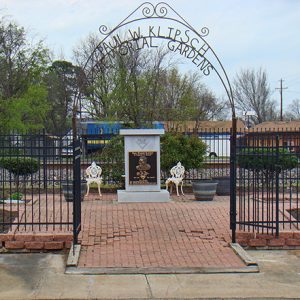 Klipsch Memorial
Klipsch Memorial
Entry Category: Cemeteries and Memorials
 Klipsch Memorial
Klipsch Memorial
Lake Village Confederate Monument
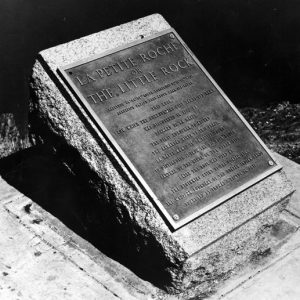 "Little Rock" Plaque
"Little Rock" Plaque
Little Rock Confederate Memorial
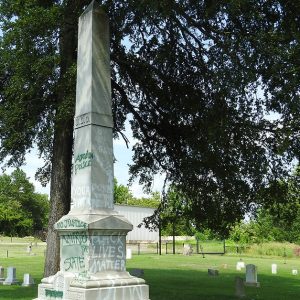 Little Rock Confederate Memorial Vandalism
Little Rock Confederate Memorial Vandalism
Little Rock National Cemetery
 Little Rock National Cemetery
Little Rock National Cemetery
 Little Rock National Cemetery
Little Rock National Cemetery
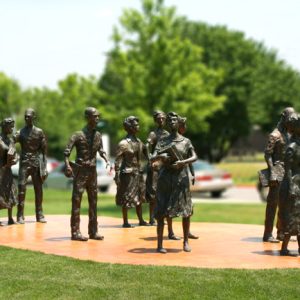 Little Rock Nine Monument
Little Rock Nine Monument
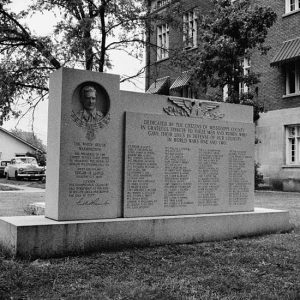 Edgar Harold Lloyd Monument
Edgar Harold Lloyd Monument
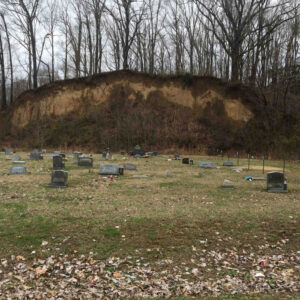 Magnolia Cemetery
Magnolia Cemetery
McCraw Cemetery
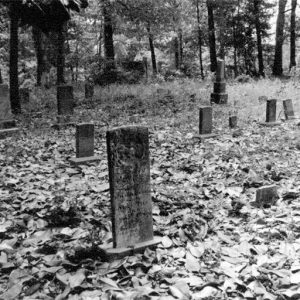 McCraw Cemetery Gravestones
McCraw Cemetery Gravestones
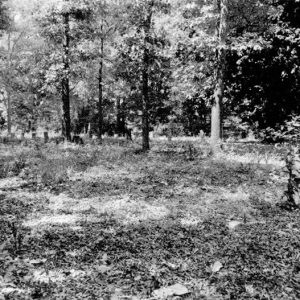 McCrew Cemetery
McCrew Cemetery
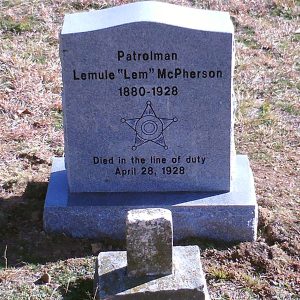 McPherson Grave
McPherson Grave
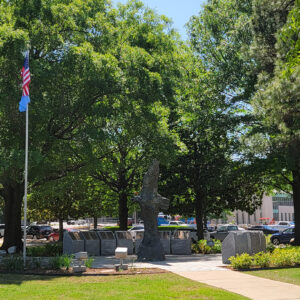 Medal of Honor Recipients Memorial
Medal of Honor Recipients Memorial
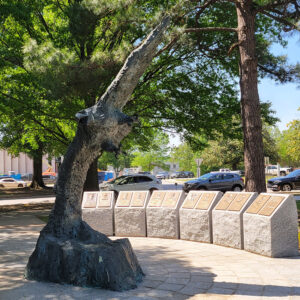 Medal of Honor Recipients Memorial
Medal of Honor Recipients Memorial
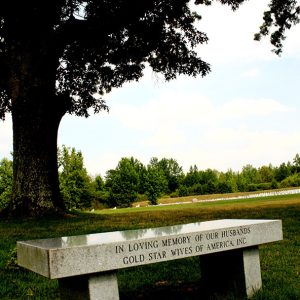 Memorial Bench
Memorial Bench
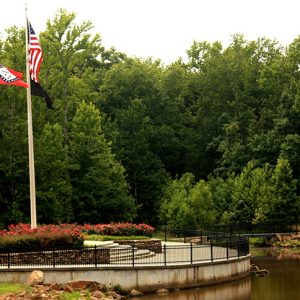 Memorial Garden
Memorial Garden
Memorial to Company A, Capital Guards
aka: Lest We Forget
Mike Meyer Disfarmer Gravesite
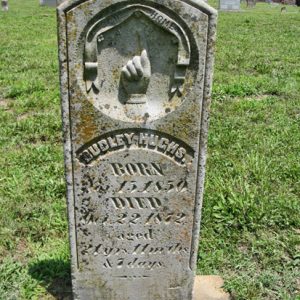 Nick Miller Carving
Nick Miller Carving
Minnesota Monument
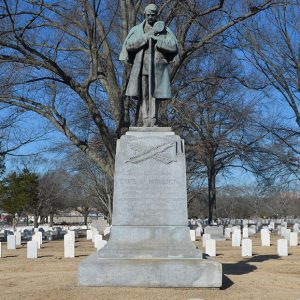 Minnesota Monument
Minnesota Monument
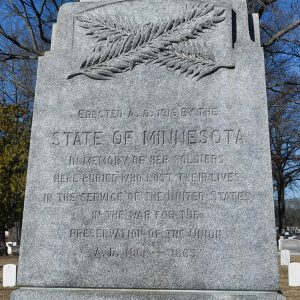 Minnesota Monument Inscription
Minnesota Monument Inscription
Monticello Confederate Monument
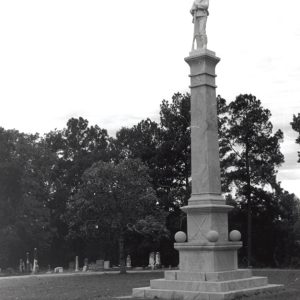 Monticello Confederate Monument
Monticello Confederate Monument
Monument to Confederate Women
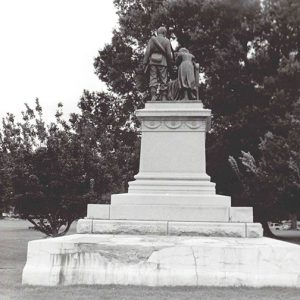 Monument to Confederate Women
Monument to Confederate Women
 Monument to Confederate Women
Monument to Confederate Women
 Monument to Confederate Women
Monument to Confederate Women
 Monument to Confederate Women
Monument to Confederate Women
Mount Holly Cemetery
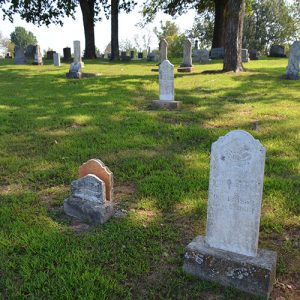 Mountain Home Cemetery
Mountain Home Cemetery
Mountain Home Cemetery, Historic Section
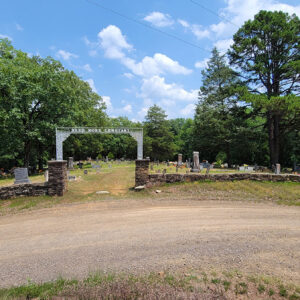 Need More Cemetery
Need More Cemetery
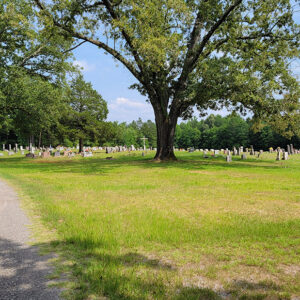 Nimrod Cemetery
Nimrod Cemetery
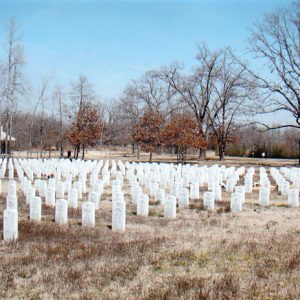 NLR Veterans Cemetery
NLR Veterans Cemetery
 NLR Veterans Cemetery
NLR Veterans Cemetery
Norristown Cemetery
 North Little Rock Veterans Memorial
North Little Rock Veterans Memorial
 Oak Grove Cemetery
Oak Grove Cemetery
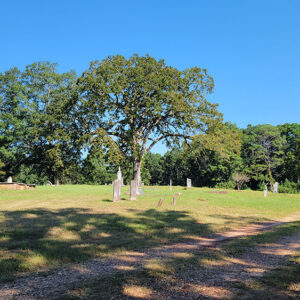 Oakland Cemetery
Oakland Cemetery
 Oakland Cemetery
Oakland Cemetery
Oakland Cemetery
Oakland-Fraternal Cemetery
aka: Oakland & Fraternal Historic Cemetery Park
 Oaks Cemetery
Oaks Cemetery
Oaks Cemetery
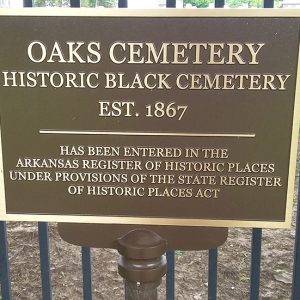 Oaks Cemetery Plaque
Oaks Cemetery Plaque




